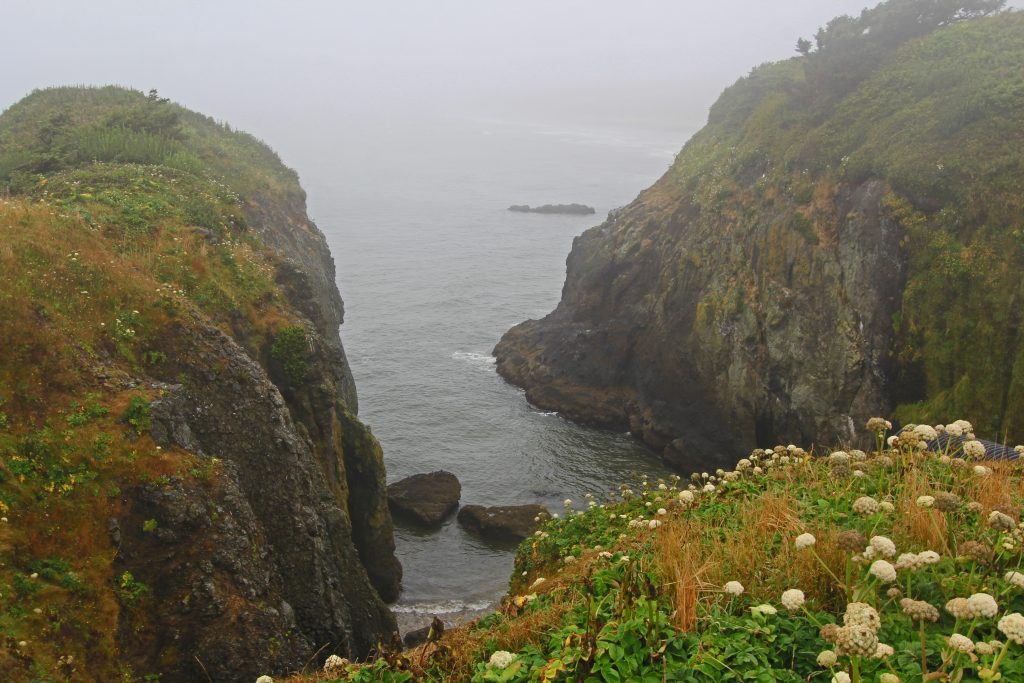
Jovi and Myself Ventured Out Today, and Drove to Newport, Oregon to Visit Yaquina Head Lighthouse and Natural Area. Was Supposed to be Cloudy and Sunny. However About 20 Miles before Newport it Started to Drizzle Moisture from the Sky (In Oregon if You Dont Care for the Weather Wait 20 Minutes it could Change) As the Saying Goes dont Ever Trust the Weather Guru’s in Oregon We Arrived at Yaquina and it Was Not Only Drizzling it was Foggy as Well. Well as the Saying Goes, its Oregon, so We Continued with Our Venture!! We Need to Go Back on a Day When it is a Little Clear and Possible Blue Sky!!
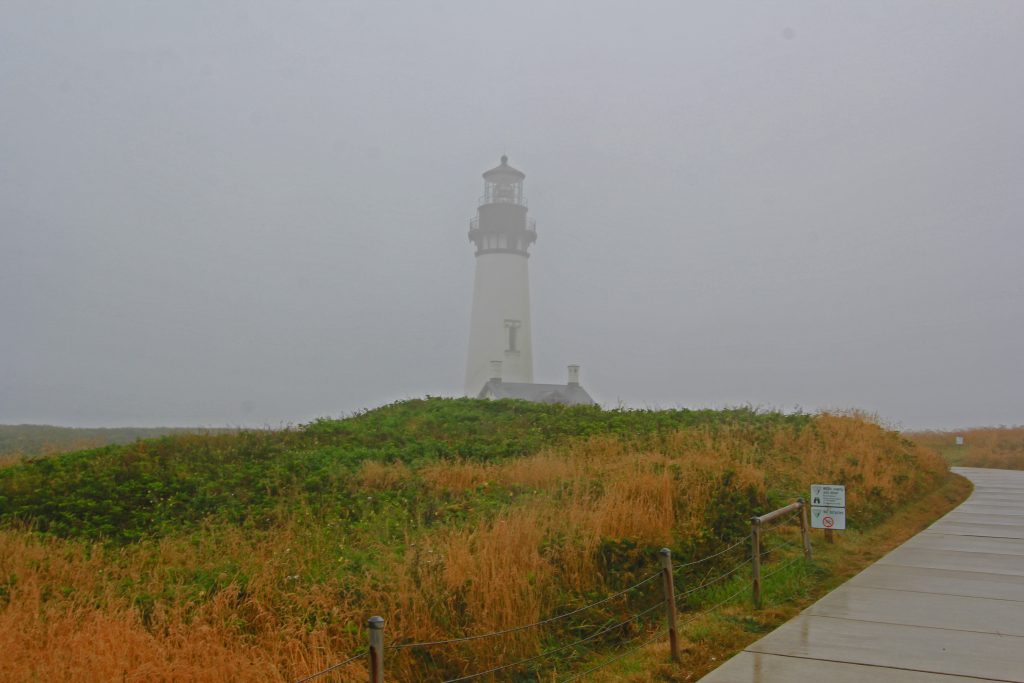
As You can See it is a Tad Foggy. We Could Not Get Any Closer to Get a Better Capture Because They Have a Rule “No Leashed Fur Friends Can Go Any Further Than the Sign on the Left. They Area Around the Light House is a Nesting Colony of Common Murre’s and Have Been Known to Have Also Frequently Spotted are Brandt’s and Pelagic Cormorants, Pigeon Guillemots, Western Gulls, Black Oystercatchers and Bald Eagles. And They Feel Your Fur Friend Would Cause Issues with the Colony
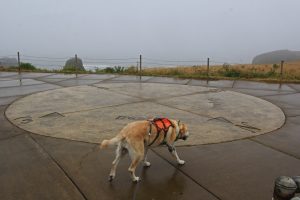
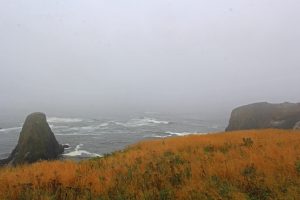
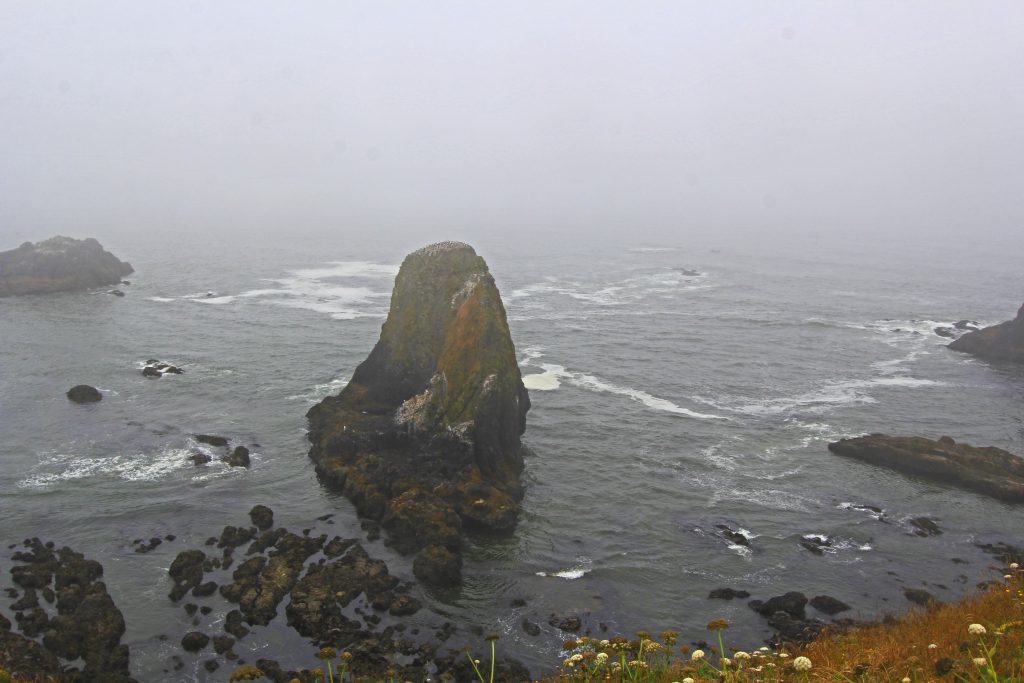
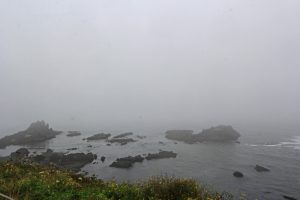
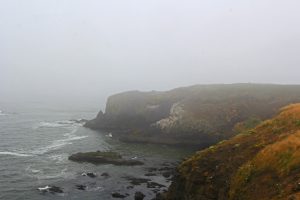
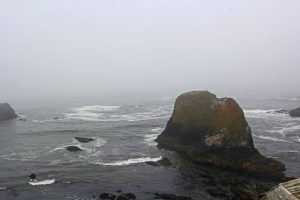
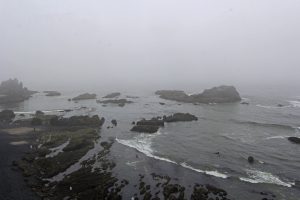
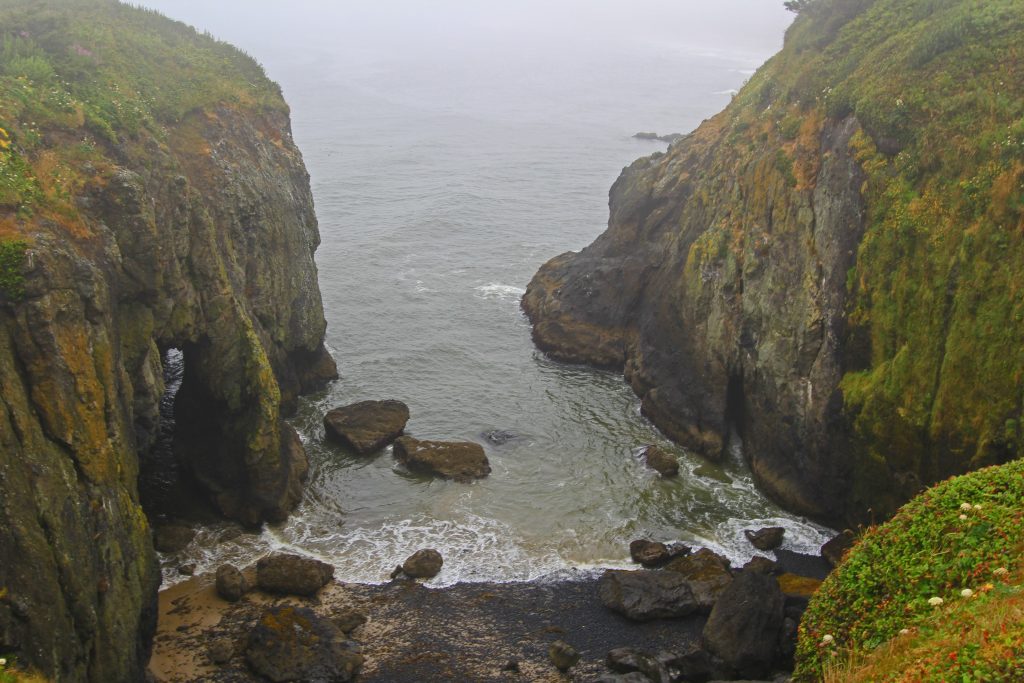
Yaquina Head Lighthouse, and Natural Area is Worth a Visit. You Might Tour this Historic Structure, or You Might Just Stand and Savor the Sight of Oregon’s Tallest Lighthouse Framed by the Majesty That is The Central Oregon coast.
The 93 foot tower is located on a narrow point of land jutting due west nearly 1 mile into the Pacific Ocean north of Newport, at Yaquina Head Outstanding Natural Area. Winds and rain have buffeted this lighthouse since its beginning in 1872, and it took approximately one year, and over 370,000 bricks to construct.
The light has been active since Head Keeper Fayette Crosby walked up the 114 steps, to light the wicks on the evening of August 20, 1873. At that time the oil burning fixed white light was displayed from sunset to sunrise. Today, the fully automated first order Fresnel lens runs on commercial power and flashes its unique pattern of 2 seconds on, 2 seconds off, 2 seconds on, 14 seconds off, 24 hours a day. The oil burning wicks have been replaced with an LED stack (36 individual LED bulbs).
Yaquina Head is also on the migration path of the Gray Whale, and they can be spotted quite easily in December and January as they migrate south to warmer waters in order to breed and give birth, and in March and April as they head to their feeding grounds up north in the Bering Sea.
Cobble Beach tidepools, named for the smooth, dark, rounded stones that cover the beach, offer some of the best tidepool exploration in the area. BLM staff and volunteers are always on hand to offer safety guidelines, natural history information, and a general willingness to help ensure that you, the visitor, have a great experience.
